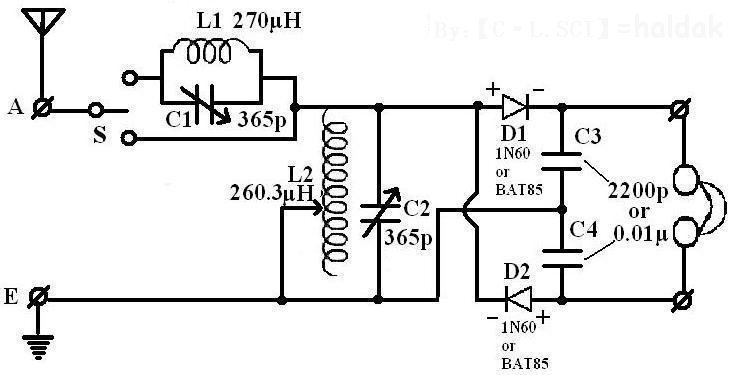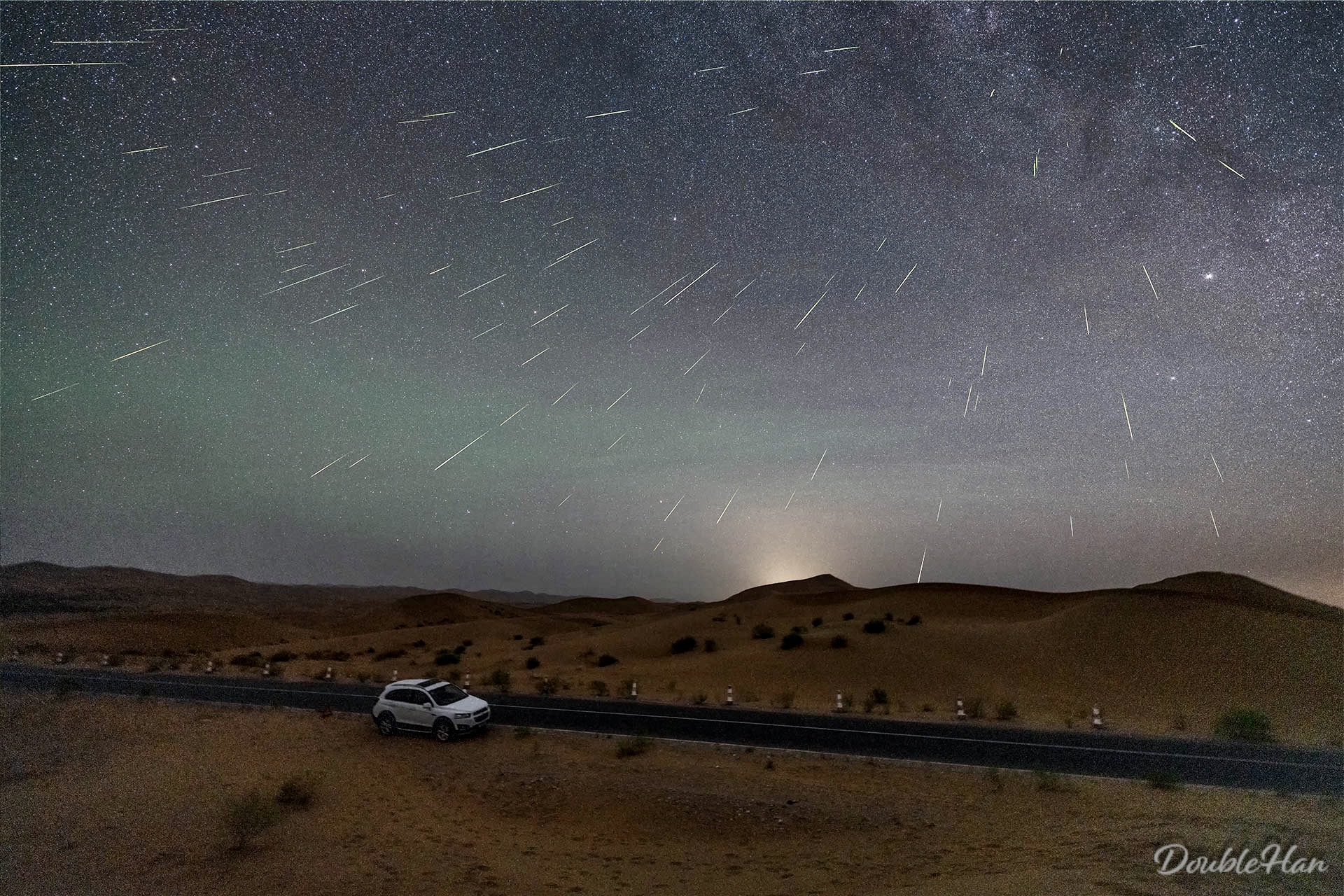Ham Radio
DE BI1NWO 73
Satellite, FM, SSB, CW, FT8......
Amateur radio, also known as ham radio, is the use of the radio frequency spectrum for purposes of non-commercial exchange of messages, wireless experimentation, self-training, private recreation, radiosport, contesting, and emergency communications.
I immediately fell in love with ham radios when I was 13 years old, after learning a tutorial on how to make a crystal radio receiver from my physics textbook. I started with designing antenna at MF bands, then followed by designing rectifiers and amplifiers.



I received my license and callsign in 2022. I’m also a member and operator of BY1QH, which stands for the Tsinghua University Amateur Radio Club.
2024 Perseids Meteor Scatter Communication Experiment
Meteor scatter communications is a radio propagation mode that exploits the ionized trails of meteors during atmospheric entry to establish brief communications paths between radio stations up to 2,250 kilometres (1,400 mi) apart.

On the night of August 12, 2024, the Perseid meteor shower reached its peak. Seizing this opportunity, we, the operators of BY1QH, successfully conducted 6-meter band meteor scatter communication, establishing beyond-visual-range connections with several ham radio stations in Japan.
We patiently waited for the perfect meteor to scatter the signal transmitted by a station thousands of miles away. Sometimes, it took several minutes—or even longer—for another meteor to pass, allowing the reply to be received. This waiting and unpredictability embody the unique romance of meteor scatter communication.

Awards
In 2024, I participated in several ham radio competitions, such as the 2024 IARU HF World Championship. Most of the time, I used our university club’s callsign BY1QH instead of my personal one. However, I also earned several awards under my own callsign.



My Rigs
Currently, I have several transceivers for different bands.
I enjoy QRP portable operations! Just like camping, it’s cool to drive to a park, assemble the antenna, connect the power bank, and make the whole system work in an unfamiliar environment.
During portable operations, I often use an ICOM IC-705 with a DIY V-pole or inverted-V antenna.

For satellite contacts, I prefer to use a handheld Yagi antenna.

My main device for VHF and UHF bands is the Yaesu FT-5DR.

For HF communication, I purchased the ICOM IC-7300 in Akihabara during ICRA ‘24. It will be the main device I operate in the HF band.

Under Construction: My Ham Radio Base Station
Recently, I was lucky enough to acquire rooftop access thanks to my friend BI1OLC. This has given me the opportunity to build my own ham radio base station at ON70.
For satellite communication, I purchased Diamond Yagis for the base station.

Typically, Yagis should be mounted on a rotor. However, the Yaesu rotor is too expensive for operating just 2 Yagis. Therefore, I decided to buy a cheap industrial camera rotor instead, and modified it to serve as an antenna rotor. I plan to add encoders inside the rotor to obtain precise azimuth and elevation values. Then, I will write a script for the motion planning part.
My QSL Cards
I enjoy collecting paper QSL cards! If we have a QSO, please send me your card, and I will send back my card. SWL QSLs are also welcome. For more details, see here.
I have several different designs of QSL cards.
Currently, the fourth QSL card is in use, showcasing my McNugget Radio side project.

Previous QSL Cards



The first QSL card shows me using an RTL-SDR and a U7V4 Yagi antenna to receive the SSTV signal from the International Space Station.
It comes in two versions:
- A limited edition available from October 2023 to March 2024
- A redesigned version printed in August 2024 for regular use
The second QSL card also printed in limited numbers, commemorates my first Summits On The Air (SOTA) operations.
It features my DIY HF antenna and a baby van. Just 2 days after this SOTA operation, my friend BI1OHI began a road trip around China in this baby van.
The third QSL card aims to advocate for our robot, ArrayBot.
Friends in Ham Radio
My Logbook
You can use the HRDLOG search service below to check our QSO.


